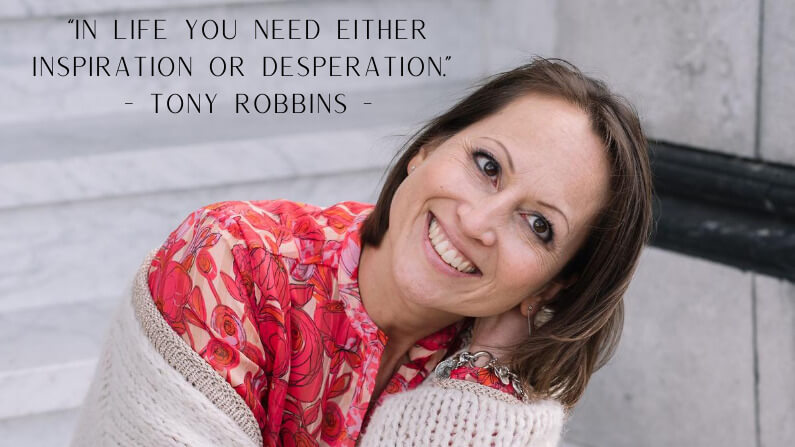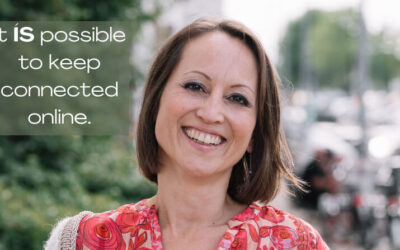You may recognize the following. People who claim that we only change when there is an urgent problem? COVID-19 is a good and current example of this. Organizations and their employees have been engaged in discussions and plans for years about further digitization, finding a better work-life balance, avoiding traffic jams, other smarter ways of working together, etc. With the virus these issues disappeared into the background in no time. And of course other problems have arisen.
Limiting beliefs that only urgency leads to transformation
For many people, this confirms the belief that people only want to change when there is a sense of urgency. And that makes sense, because a sense of urgency helps to change. The down side of this is that organizations believe it’s the only way to get people moving. As a result, people try very hard to emphasize or create a problem or urgency in order to get people in the organization moving. And of course, this will not work, because people are not stupid. Leading to yet another disappointment, mistrust and no progress.
Change from a craving
And that is a shame, because in my experience there is a second important reason why we as humans would like to change something in our behavior; namely, desire, craving or longing. The desire to achieve something, to celebrate a success, to add value and so many other ways to have a craving for something.
Change is inevitable and actually very common
I belief change is inevitable and part of life. And unconsciously we as humans all adapt, some more than others, but without any adjustments we probably wouldn’t survive. And that also applies to organizations, because after all they also consist of people.
Everyone changes every day
Perhaps you are not yet sufficiently aware of the fact that we humans continuously adapt to our environment. You probably recognize this; you meet someone, and you have an instant click. Or have you ever noticed that you are sitting in the same way as the other person in a meeting or on a terrace. Or do you notice that others are sitting in the same way in a meeting? And you certainly recognize this: you take into account which clothes to wear to a certain occasion.
So the beauty of it all is that you already unconsciously adapt to your environment or circumstances in your daily practice. So changing is actually quite common.
Changing from a craving, how to?
Determine the longing together. We also speak of “why”, “purpose” or “dream”. And we sometimes find that complicated, but if you have a shared desire, everyone knows what tov focus on and which actions need to be taken. And this can give so much more energy than just acting from a sense of urgency.
A very simple way to determine this is to answer the following question together?
“What comes first?”
An example
For example, a pharmaceutical company chose the following statement:
“The health of our customers is always our top priority”
And that may sound very logical and basic, and it is. In everything they develop, this statement must always be answered with a wholeheartedly YES. If not, the search goes on or the project is stopped.
What about you and your organization?
Does change come from a sense of urgency or a craving?





0 Comments